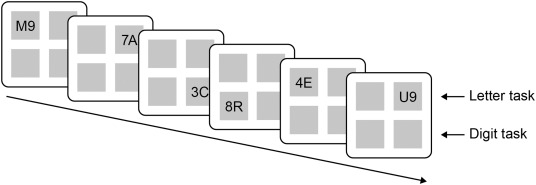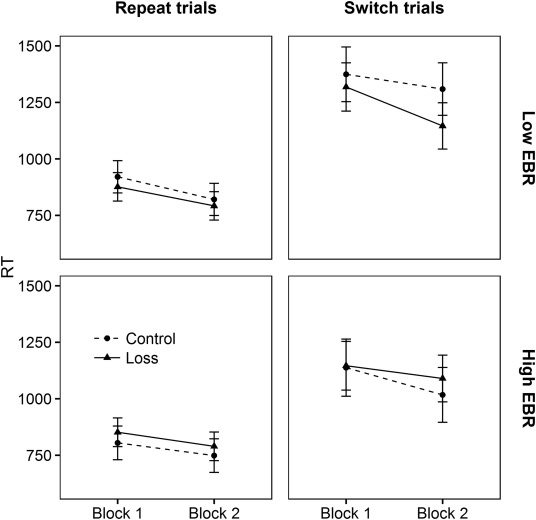Spontaneous eye blink rate (EBR) predicts poor performance in high-stakes situations
Description
Spontaneous eye blink rate (EBR) predicts poor performance in high-stakes situations
2017
Although the existence of ‘choking under pressure’ is well-supported by research, its biological underpinnings are less clear. In this research, we examined two individual difference variables that may predict whether people are likely to perform poorly in high-incentive conditions: baseline eye blink rate (EBR; reflecting dopamine system functioning) and baseline anterior hemispheric asymmetry (an indicator of goal-directed vs. stimulus driven processing). Participants conducted a switch task under control vs. incentive conditions. People low in EBR were generally capable of improving their performance when incentives were at stake, whereas people high in EBR were not. Hemispheric asymmetry did not predict performance. These findings are consistent with the idea that suboptimal performance in high-stakes conditions may stem from the neuromodulatory effects of dopamine.


